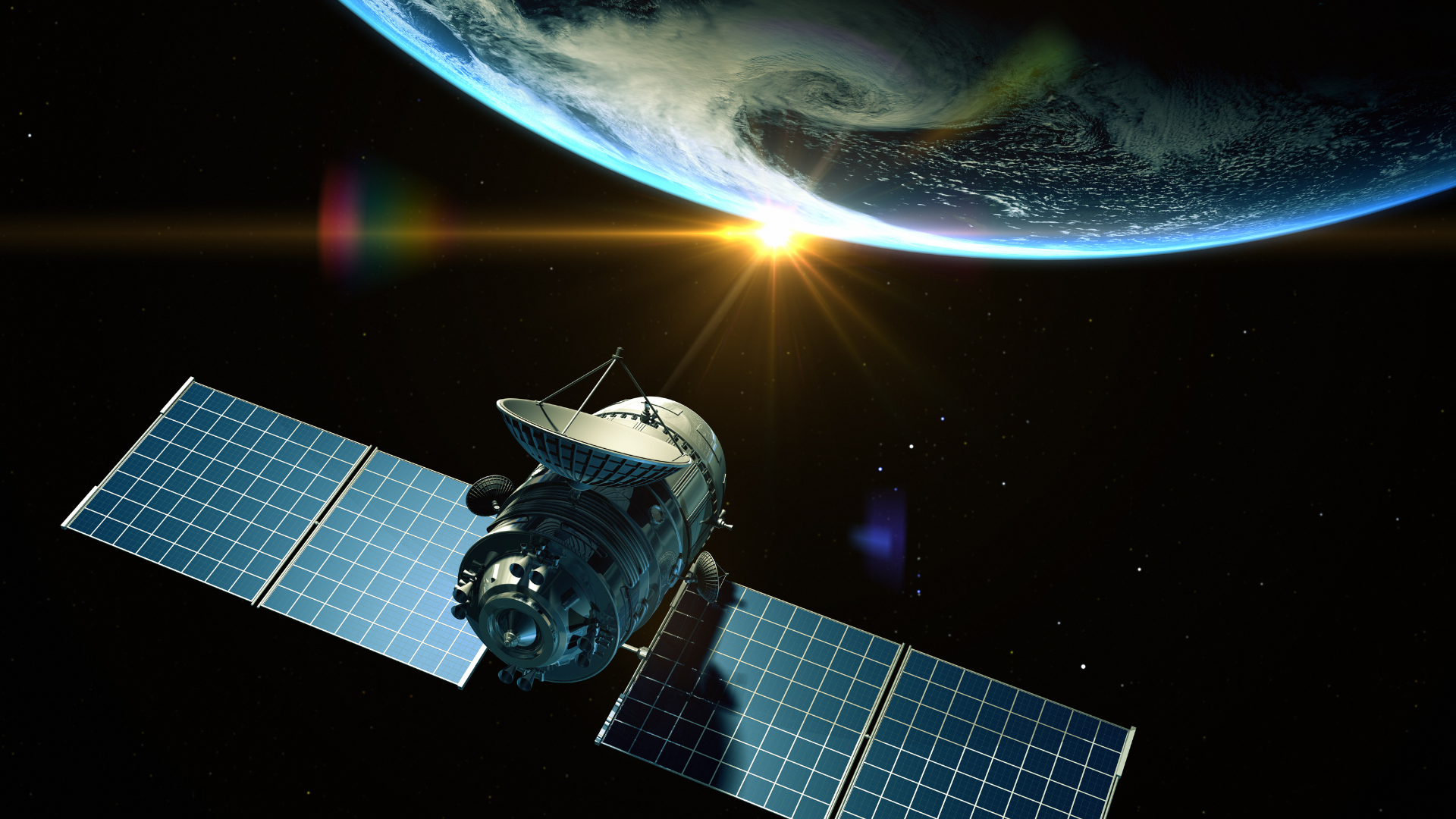Canada will give the Philippines free access to state-of-the-art satellites that will allow maritime enforcers to surveil, almost in real time, vessels within the Philippines’ exclusive economic zone.
The satellites will allow authorities to detect and track even “dark vessels,” or ships that have switched off their location transmitters to avoid detection, according to Ottawa’s Ambassador David Hartman.
Aside from access to the Canadian satellites, Ottawa also dispatched another Halifax-class frigate to participate for the first time in the joint Philippines-US naval exercise “Sama-Sama” (All Together) from Oct. 2 to Oct. 13 in southern Luzon.
Canada will also be sending an active-duty defense attache to Manila for the first time beginning October as part of its efforts to bolster the security partnership with the country.“We’ve seen a rise in behavior in the West Philippine Sea and the South China Sea that we have determined to be worrisome,” Hartman said in a press briefing on Saturday onboard the HMCS Vancouver.
“I think it’s very clear how we stand. It’s unequivocal. The decision is final and binding,” he said, reiterating Canada’s support to the arbitral award of the Permanent Court of Arbitration in 2016.
Hartman said they were “looking forward to imminently concluding” negotiations for the Dark Vessel Detection Program, which he said would “dramatically enhance Philippine maritime domain awareness.”
Illegal fishing
It will also support the Philippines’ capacity to combat illegal, unregulated and unreported fishing, as well as protect its marine environments, he said.“We are prepared, pending the conclusion of the implementing agreement, to deploy the system in the coming weeks,” Hartman said.
Canada’s Dark Vessel Detection Program is part of its 2022 Indo-Pacific Strategy aimed at helping developing countries, like the Philippines, find illegal fishing vessels and protect fish stocks.
Canada has been actively bolstering its security partnerships and increasing its naval presence in the region as part of its Indo-Pacific strategy—which described China as an “increasingly disruptive global power.”
In September alone, three Royal Canadian Navy ships visited the country—the HMCS Ottawa, the supply ship MV Asterix and the HMCS Vancouver, which will join Exercise Sama-Sama.
“The Vancouver’s participation in Sama-Sama is to promote regional security cooperation, maintain and strengthen maritime partnerships and enhance maritime interoperability,” the ship’s skipper, Cmdr. Meghan Coates, said in the same briefing.
“We are honored by the opportunity to participate in this complex multilateral exercise, highlighting collaboration between like-minded partners, training and real-world environments,” she said.
Naval exercises
The bilateral drill aims to further strengthen international defense cooperation and advance a rules-based international order while enhancing the Philippine Navy’s warfare capabilities, the Armed Forces of the Philippines said last week.Japan and the United Kingdom will also send ships to Sama-Sama, while Australia and France will send their teams for subject matter exchanges on naval warfare and disaster response. Indonesia and New Zealand will be joining as observers.
Hartman said Canada’s participation in Sama-Sama was “doing in deeds what we said we would do in words.”
“It’s very important that we demonstrate to the people of the Philippines that we are committed to the region. Part of that commitment is having a physical presence here and we happen to be blessed with having a first-rate military,” Hartman said. INQ
